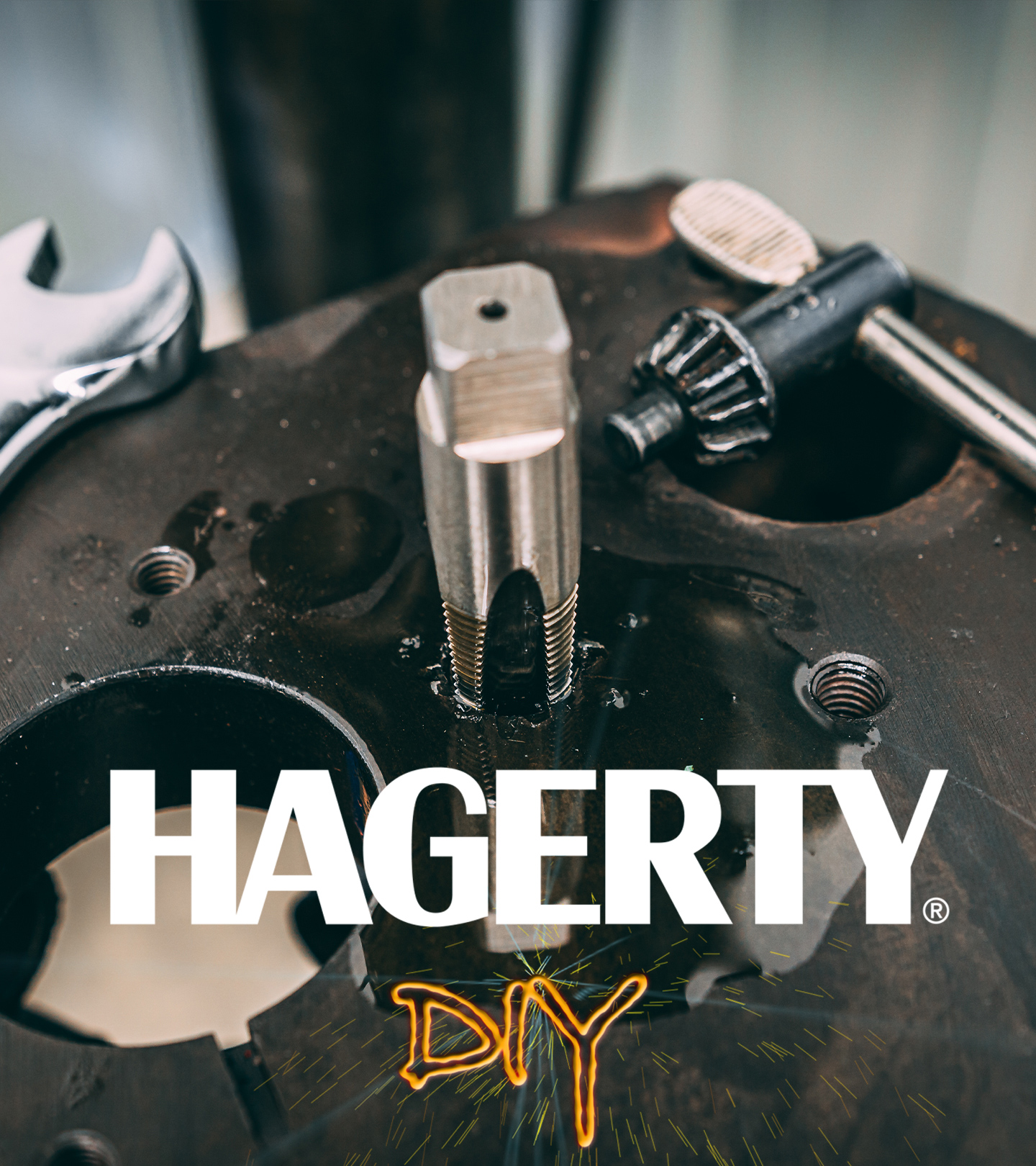Enjoy Season 3 stories, opinion, and features from across the car world - Hagerty Media
The restoration of the 396 big-block from Hagerty’s 1969 Chevrolet Camaro has been coming along nicely. The 50-year-old big-block was in need of a refresh, as it was consuming oil and generally not performing like a 396 should. Through compression and leak down testing, the pistons rings on cylinder #3 were found to be failing, along with the gaskets between the intake manifold and cylinder heads. These failures allowed the engine to run low on oil, foul up spark plugs, and lose power.
Our latest round of progress spans three Redline Update videos. We start at the end of what Davin can do with his set of tools. That means it’s time for the project to go to the machine shop, then on to assembly.
The first stop is at the machine shop, where the cylinder heads received fresh valve seats and guides. The engine block was given a bake to remove the paint and contaminates before being prepared for boring. Because the cylinders were machined to 40-thousandths in a previous rebuild, plus the wear from running low on oil, we decided to use an aggressive hone rather than a cutter to achieve a 60-over diameter.
With all the parts freshly machined, the next stop was the paint shop before returning to the Redline Rebuild garage for assembly. To properly assemble the bottom end of the engine requires a quick double check of all the parts with a micrometer, to ensure enough room for oil to flow between the crankshaft and the bearing.
Now the engine is going back together, starting with the cylinder heads. Davin’s first task in assembling the iron factory castings was to ensure the spring height was correct. That involves totaling up the tolerances of the parts from the valve seat to the keeper, which ensures as the valve moves through its travel there is no binding in the valve spring. With the heads assembled, the next task is to ensure the valves do not contact the pistons as the engine cycles. Thanks to a bit of clay and the old head gasket, Davin can confidently install the heads and get this engine that much closer to firing up.
The Redline Updates are stacking up, and that’s not by mistake. This engine will be running and back in the Camaro in time for a full Redline Rebuild time-lapse very soon. If you want to be the first to hear it rumble, be sure to subscribe to the Hagerty YouTube page. You will receive notifications every time a new video goes live.










